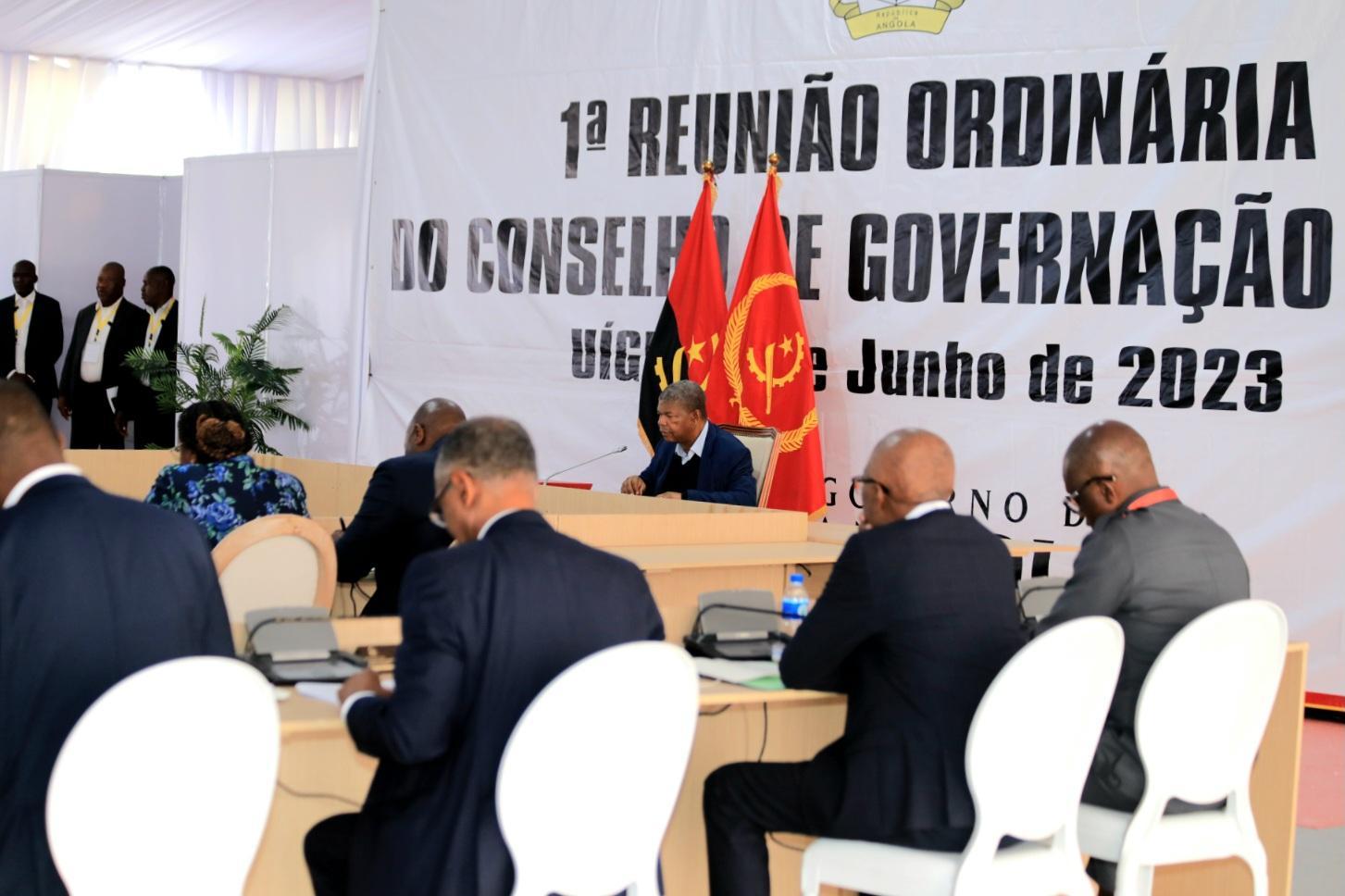Africa-Press – Angola. The Local Governance Council (CGL) assessed, Thursday, the Emergency Program for Containment of Ravines and Construction and Rehabilitation of National Roads, to contain and reduce the risk of catastrophe by landslides in all provinces.
According to the final communiqué of the meeting, chaired by the President of the Republic, João Lourenço, 742 ravines were identified throughout the national territory, of which 112 are in an emergency situation, 214 are in a critical condition and 416 are in the formation phase.
The Executive considers that actions relating to erosion phenomena require a multisectoral and multidisciplinary approach, with the intervention of different ministerial departments, non-governmental organizations, professional bodies, as well as carrying out scientific studies for their mitigation.
Regarding the construction and rehabilitation of road infrastructure, the document maintains that the rehabilitation of 1,587 kilometers of roads and the conservation of 6,670 kilometers of roads and bridges are underway, in the five-year period 2023-2027.
The press release points out that, with these actions, it is expected to improve circulation to consumption centres, particularly leverage the transport, fishing, diamonds and oil sectors, as well as reduce road accidents.
More than a thousand PIIM projects completed
The CGL meeting reviewed actions relating to the Integrated Plan for Intervention in Municipalities (PIIM), having found that, so far, out of the set of 2,687 registered projects, quotas had been allocated and paid to 2,308 projects out of the 2,397 eligible.
At this point, 1,069 PIIM projects are completed and 570 are over 70 percent of physical execution.
Kwenda with an impact on the lives of the population
The meeting appreciated the report on the execution of the Social Protection Strengthening Program (Kwenda) and welcomed its impact on the lives of the beneficiary populations, as well as the progress made in expanding to 18 provinces and the innovations that have been introduced to the throughout its execution.
Among the innovations, the highlight is the Integrated Information System on Social Protection, which brings together a robust database with more than three million people.
1,036,312 (one million, thirty-six thousand, three hundred and twelve Households) are registered, of which 629,989 (six hundred and twenty nine thousand, nine hundred and eighty-nine households) have already received their monetary transfers.
According to the Executive, by the end of the year, the Program plans to reach the target of monetary transfers to one million Households and extend the productive inclusion component.
The meeting also appreciated the Directed Self-Construction Project, which aims to build housing at national level, with a view to reducing the housing deficit in the country in line with the Long Term 2050 strategy.
Rural Electrification
The CGL took note of the general guidelines for the preparation of the National Plan for Rural Electrification, which contains objective measures for the electrification of remote areas of the country without access to the electricity grid.
The Plan provides for the installation of alternative solutions such as isolated systems (mini-grids) or solar, wind and hydraulic energy kits, to supply electricity to rural areas.
Participants appreciated the Draft Presidential Decree that creates the Best City, Best Municipality of Angola Award and the respective regulation, which aims to award distinctions, incentives and incentives that recognize innovative initiatives by municipal management, as well as the Proposed Amendment to Political-Administrative Division of the country.
The CGL was informed about the preparation of the General Population Census to be carried out in 2024, as well as the National Plan for the Promotion of Grain Production (PLANAGRÃO) and the National Plan for the Promotion and Development of Fisheries (PLANAPESCAS).
The plans aim, respectively, at the production of grains and fertilizers on a commercial scale, the development and production of meat, milk and eggs, as well as increasing the production and processing of fish and salt.
The Local Governance Council is the collegiate auxiliary body of the President of the Republic in the formulation and monitoring of the execution of the governance policies of the State Administration at local level.
It meets every six months and is chaired by the President of the Republic, assisted by the Vice-President of the Republic.
The CGL comprises ministers of state, ministers, provincial governors, secretaries of the President of the Republic and of the Council of Ministers, among other entities linked to matters of local governance.
For More News And Analysis About Angola Follow Africa-Press






